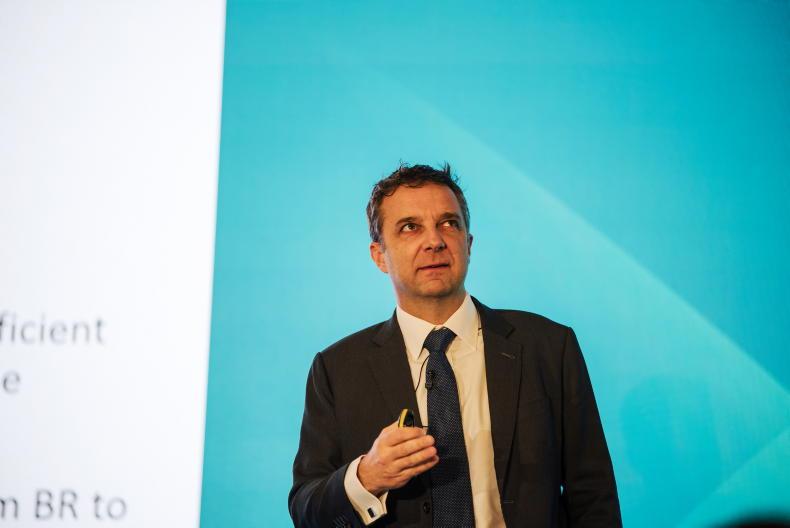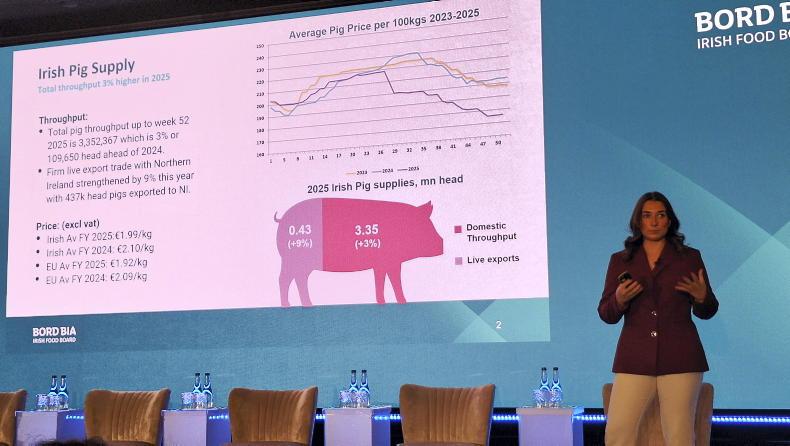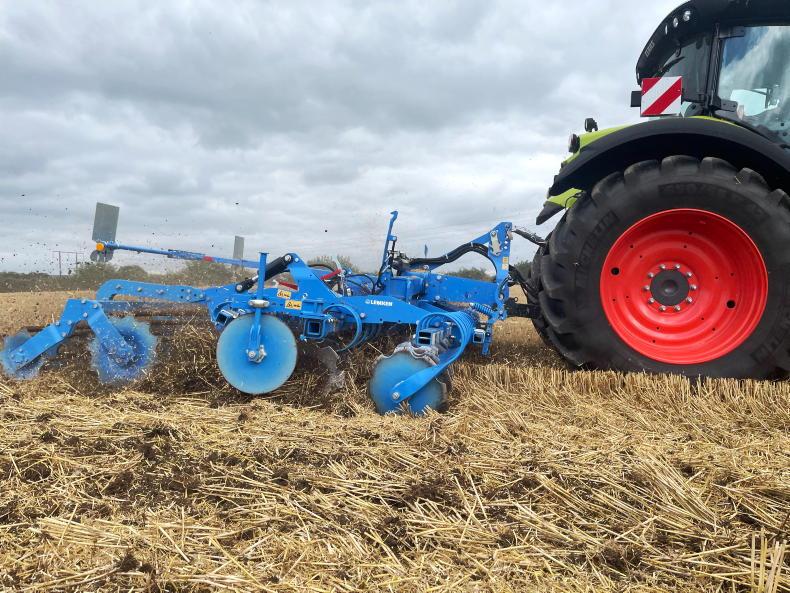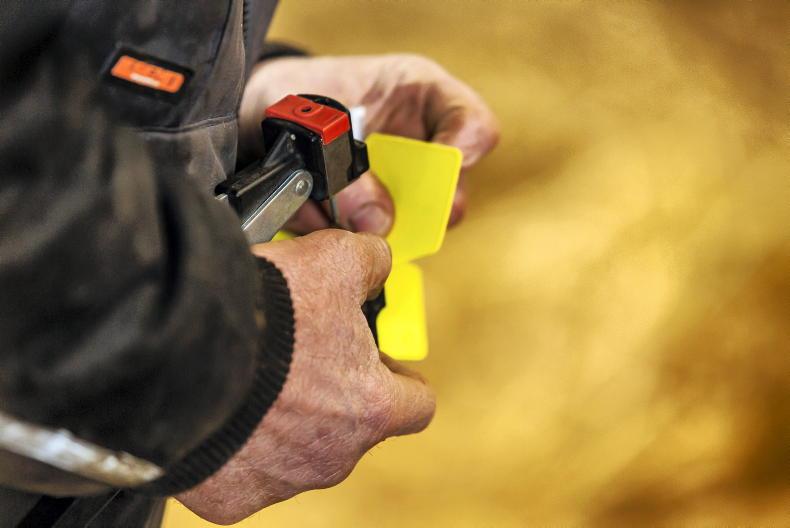Over 300 farmers from Clare and the surrounding counties packed into the West County Hotel in Ennis on Tuesday night to hear the latest details on the recently launched Suckler Carbon Efficiency Programme (SCEP).
The scheme appears to be generating keen interest with over 1,000 applications received in the first week.
Queries on understanding the reference number of cows, issues with mandatory participation in the Bord Bia Sustainable Beef and Lamb Assurance Scheme (SBLAS) and changes to star ratings dominated question time. Some farmers also expressed disappointment around the timing and penalties associated with the scheme.
Department officials worked hard to answer specific queries for over an hour.
The €256m SCEP scheme is the follow-up to the Beef Data and Genomics Programme and is expected to support 20,000 suckler farmers.
The replacement to the Beef Environmental Efficiency Programme (BEEP), with funding of €28m for 2023, will be launched in the next couple of weeks.
Farmers are expected to genotype (DNA test) animals, use high star-rating bulls, and weigh cows and calves. They will also have to take part in a training course and calve 50% of the eligible cows in any one year.
A number of questions centred on the fact that the star rating of bulls can change post purchase, leaving farmers vulnerable to hitting breeding targets.
ICBF specialist Niall Kilraine emphasised that farmers should try to only purchase bulls that have a genomic evaluation and aim for a high star-rated bull to give some wriggle room for star ratings dropping down, which can happen.
The next Department of Agriculture SCEP meeting takes place on 30 March in the Landmark Hotel, Carrick-on-Shannon, Co Leitrim, at 8pm.
The Irish Farmers Journal will host a Farm Tech Talk webinar on the SCEP scheme on Friday night, 31 March, while the Department will host a webinar on Tuesday 4 April at 8pm.
A flavour of the questions and answers from the Ennis meeting are listed below, with many more featured on www.farmersjournal.ie.
TB has ruined cow numbers on me for the last number of years so my average will be much lower than what it should be – what can I do?
“It’s for this type of reason we went with an average of three years out of six. Yes, some farmers will still be impacted badly and we can review and come up with something but we can’t pay to expand the herd.” – Peter Harte, Department
I’m a summer calver (May to July) and this scheme ends in June so am I being penalised for summer calving? Can participants pick a timeframe to suit the farm?
“The scheme is designed for spring calving herds, yes, and I suppose there’s always someone caught but that is the way it is – we can’t change terms and conditions now.” – Peter Harte, Department
Why can’t we get tissue tags (for genotyping) earlier in year?
“It will be summer this year, but in years two, three, four and five, we hope to get them out in February and March.” – Niall Kilraine, ICBF
Who will do the training and, if Teagasc, do you have to be a Teagasc member?
“We haven’t decided or allocated who is doing training yet – no you won’t have to be a Teagasc member.” – Peter Harte, Department
If I want to transfer to my son or daughter midway through the scheme, what happens?
“That’s possible once thenew entrant signs a declaration of undertaking to stay within the terms and conditions.” – Sharon O’Connor, Department
Will the terms of the Bord Bia change over the course of the five years?
“No major changes expected, but over five years might be some slight changes but nothing major.” – Emmet Doyle, Bord Bia
Are numbers rounded up or down for specific targets?
“All are rounded down so if you have 21 cows and need 50% calved then you need to have 10 calved.” – Sharon O’Connor, Department
Can the eligible forage area include beneficial features?
“Yes, eligible area of the BISS application and can include beneficial features.” – Sharon O’Connor, Department
What about new entrants – will there be a SCEP entry next year?
“Don’t know if there will be ‘SCEP 2’ depends on funding take up, but if eligible for this year I’d advise get in this year.” – David Buckley, Department
Is it paid on cow numbers or land area?
“On land. Therefore, the reference number divided by 1.5 to get the payable area.” – Sharon O’Connor, Department










SHARING OPTIONS